Six Pillar Animal Coloring Pages
Download these PDFs and get started coloring!
Download these PDFs and get started coloring!
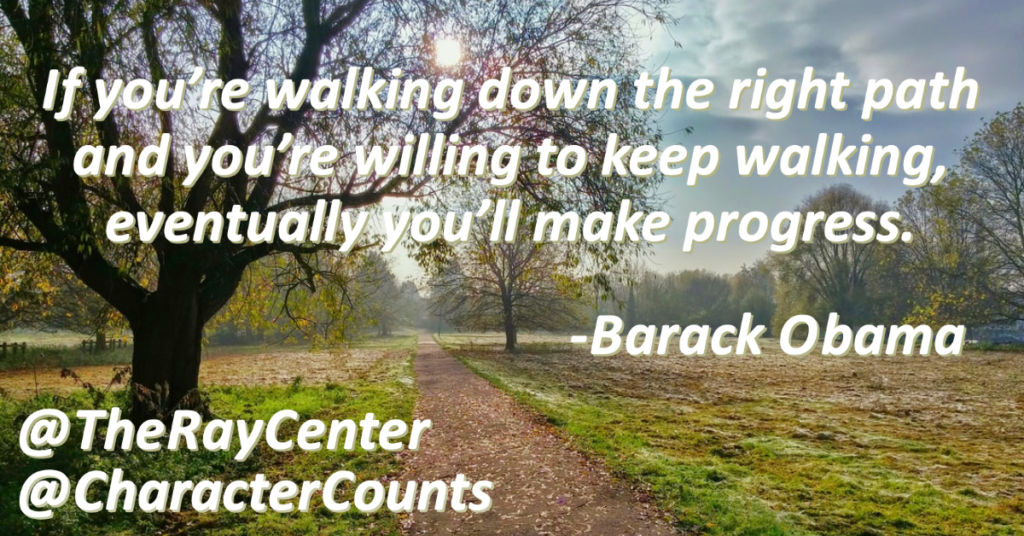

Overview: Life can be busy and can create distress in the lives of families and students. Therefore, it is important to highlight the need to have a growth mindset and to manage stress to respect yourself, your health, and your well-being.
Duration: 2 days (45 minutes each day)
Character Education Objectives:
Students will:
Materials:
Lesson Plan Day 1
Journal: (5 mins)
Whole Group Discussion (10 mins)
Whole Group Video 15 mins:
Whole Group Discussion (10 mins)
Exit Ticket: (5 mins)
Lesson Plan Day Two
Journal: (5 mins)
Small group Discussion/Productive Group Work (25 mins)
Individual (15 mins)
References
Lee Health, 2020. The Good And Bad Stress. [online] YouTube. Available at: <https://youtu.be/ZN2NarsQZ04> [Accessed 26 March 2020].
McGonigal, K., 2020. How To Make Stress Your Friend. [online] Ted.com. Available at: <https://www.ted.com/talks/kelly_mcgonigal_how_to_make_stress_your_friend?utm_campaign=tedspread&utm_medium=referral&utm_source=tedcomshare> [Accessed 26 March 2020].
Download our CHARACTER COUNTS! with Puppy Jake coloring book.
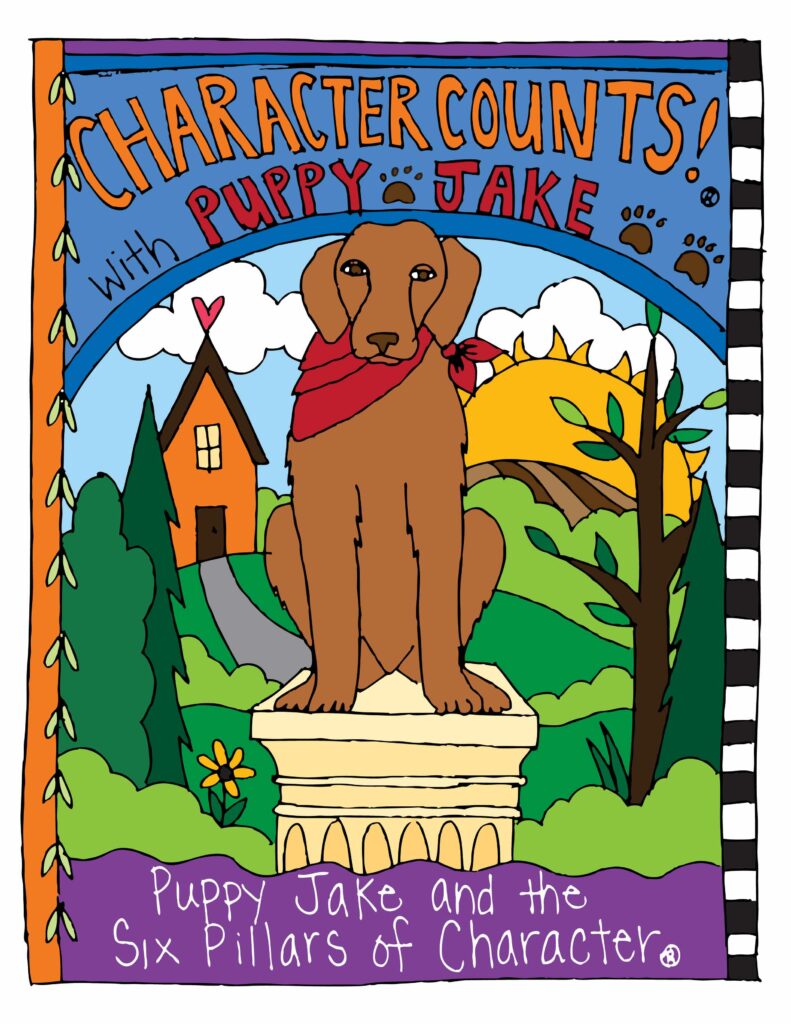
Special thanks to our friends at the Puppy Jake Foundation and Sticks.

Overview: Students today need more opportunities to build their emotional toughness in a world that is as fast paced and ever changing. Thus, creating conditions that allow them to take responsibility for their behavior, emotions, and responses is important in building resilience for learning and development. This lesson will have students focus on their emotional toughness and highlight the need to be responsible for our responses in emotional situations.
Character Education Objectives:
Students will:
Materials
Lesson Plan
Journal (5 mins)
Small Group or Whole Group Discussion (30 mins)
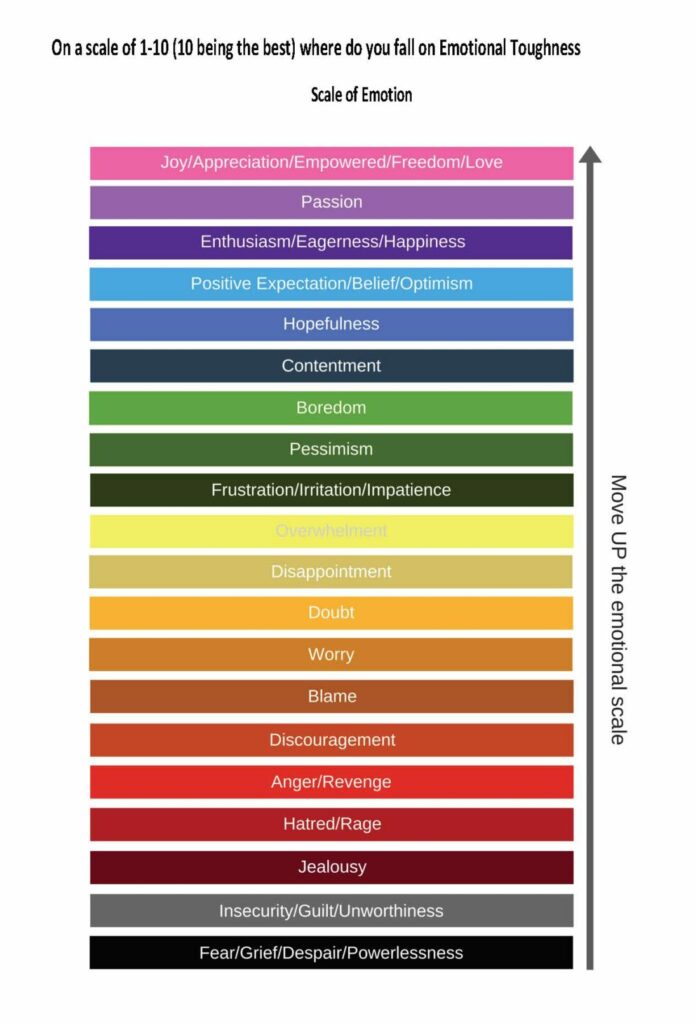
References
Hurst, K., 2020. Learn How To Move UP The (Vibrational) Emotional Scale. [online] The Law Of Attraction. Available at: <https://www.thelawofattraction.com/law-attraction-learning-move-emotional-scale/> [Accessed 24 March 2020].
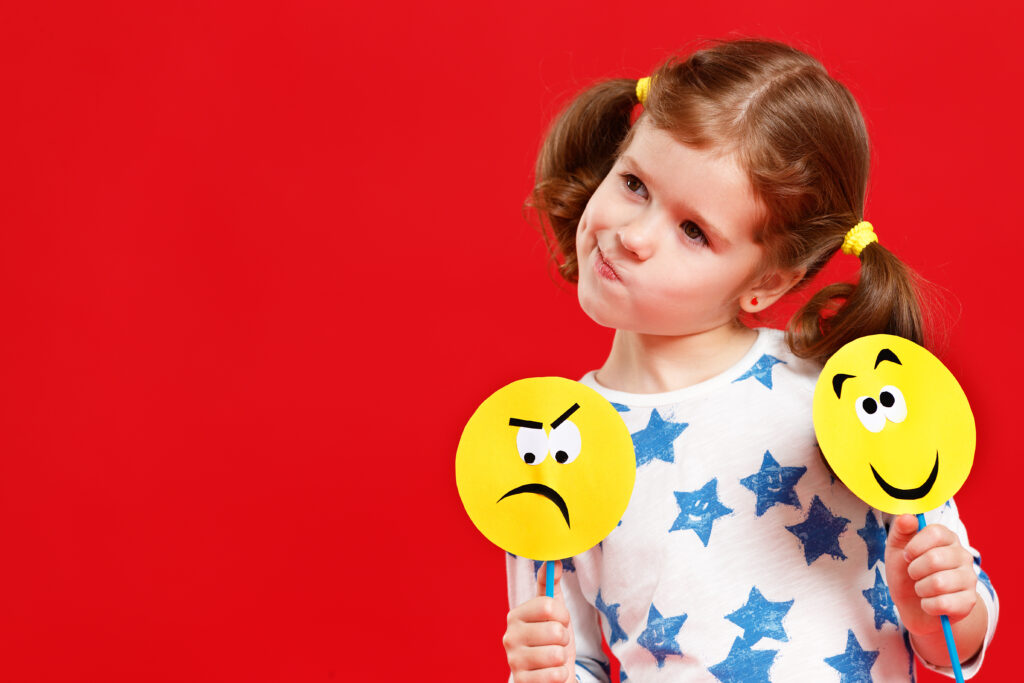
Overview: You may often hear students place blame on others for their own emotions. It is difficult for students to understand that not only do they control their own emotions, but they are responsible for their emotions. One of the best ways to be responsible for your emotions is to be aware of how you are feeling and take preventative measures. This lesson is designed for students to think about how they are feeling, and how they move towards more regulated emotions.
Character Education Objectives:
Students will:
Materials
Lesson: (large group)
Journal
Have students write down a few ways they can deescalate when they are in the yellow or green. Ask them to think about the resources they have available at school and home, as these techniques may look different in different settings.
Not all stress is bad. Most, if not all of us recognize this simple fact, and yet when was the last time you heard anyone say, “I’m stressed” with a smile on their face or joy in their heart?
The reality is, stress exists on a continuum, from good stress to distress. Good stress is the stress that challenges you, motivates you, perhaps even helps you focus. Teachers put their students through good stress every day by asking them to take an more challenging math problems, tackle difficult texts, and attempt new skills. Good stress helps us grow and develop as human beings.
However, there comes a point on the continuum when good stress becomes distress, when stress stops being motivating and instead becomes overwhelming. It’s important for each of us to be aware of our stress at any given moment so that we know if we are being challenged (good stress) or overcome (distress).
It’s also important for us to be aware of stress of others so that we can continue to support and challenge them as needed. But, recognizing if other’s are in a state of good stress or distress can be challenging. Not everyone wears their stress publicly. To help others think about their stress, and gain an awareness of their stress, draw the Good Stress-Distress continuum (see below) on whiteboard or sheet of paper. Ask your students, athletes, kids, or colleagues to put an X on the curve indicating their current stress level. They don’t need to explain why they are feeling that good stress or distress – this activity is simply about awareness. However, as a team leader, educator, coach, or parent, you can use your knowledge of others stress to push them further (good stress) or provide support if they are in distress.
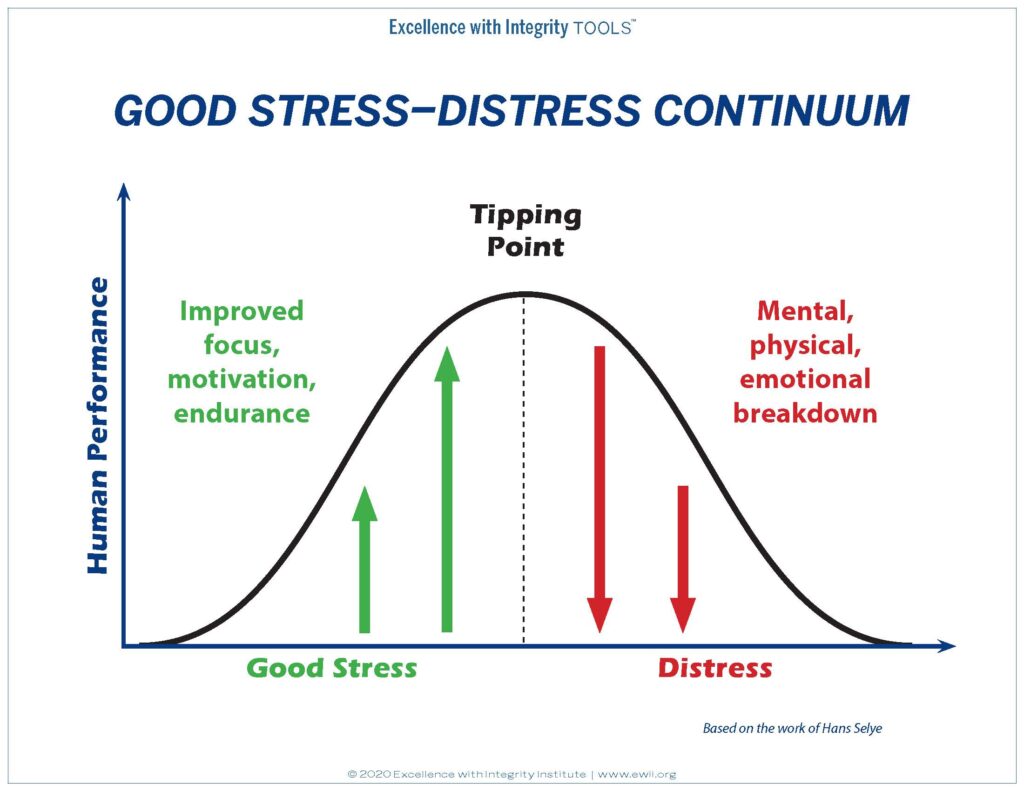
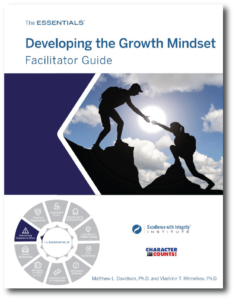
Download a PDF of the continuum.
This activity is one of several extension activities in the Growth Mindset module of The ESSENTIALS, a new resource for middle and high school students. The ESSENTIALS modules draw upon nearly 25 years of applied research and development in various K-16 education settings, the workplace, and diverse athletic environments. Each module is a blueprint of research-based best practices for developing an essential character and culture skill needed for success in school, work, and beyond. Click here to order The ESSENTIALS for your students.